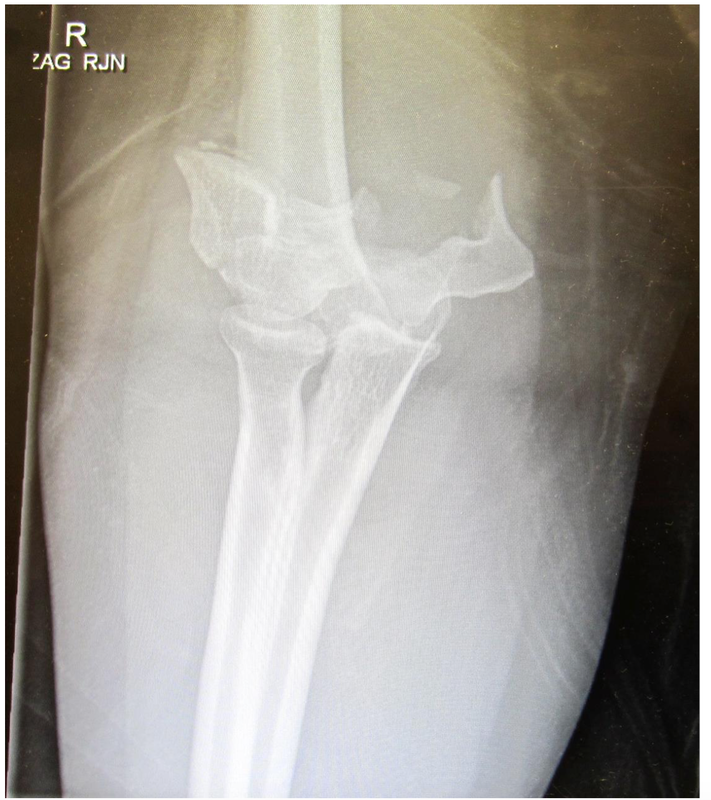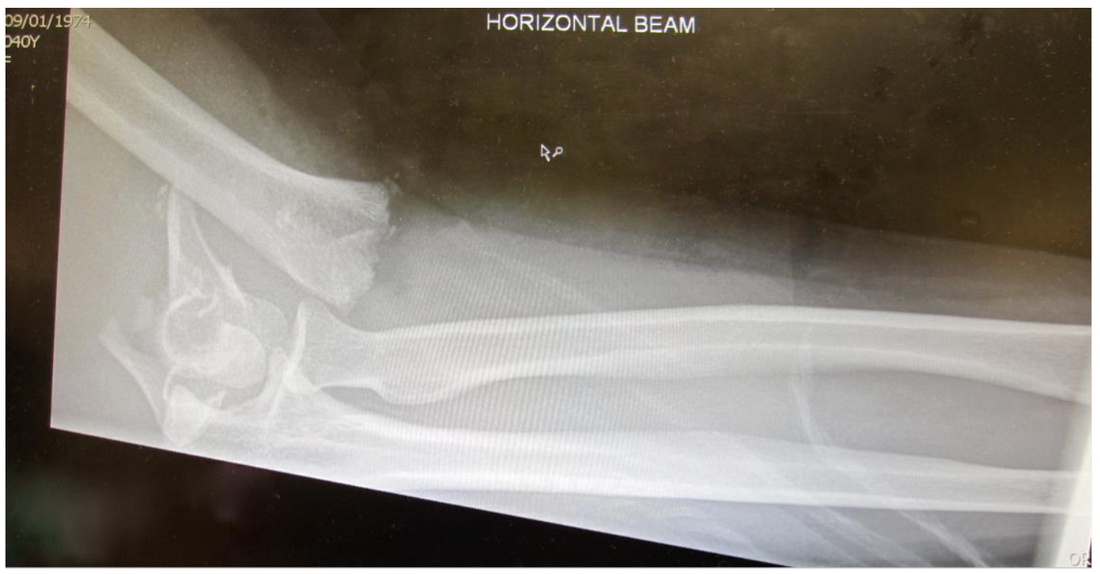MODULE 11: Pelvic and limb injuries & thermal/electrical burns.
[the trauma block]
The last part of our trauma block is a bit of a mish-mash of stuff. Every candidate should be able to say something sensible about pelvic injuries, and burns are an important topic that is examined frequently. We have observed over the years that many candidates seem to spend a lot of time on orthopaedic limb injuries, but we think this is actually low yield.There are relatively few orthopaedic conditions regularly examined. (No one has every been asked to compare and contrast different systems of grading specific orthopaedic injuries in the ACEM fellowship exam). Being able to describe an X-ray and write something sensible about it is however very important (see our "solve section below" so knowing the relevant anatomy and therefore the complications for each orthopaedic injury is important.
watch.
|
|
|
READ
Again, this week is a bit hard to pin down reading wise, and candidates would do well to look through the pelvic trauma chapter in Cameron. A couple of articles examining the issue and debate in pelvic trauma are below for those interested. The first is a more succinct summary of pelvic haemorrhage.The second is a bit wordy but gives a nice overview of pelvic trauma and associated trauma issues (coagulopathy, massive transfusion etc). Enjoy!
| pelvic_trauma.pdf |
| pelvic_trauma_2.pdf |
solve.
One of the essential skills candidates need to develop is the ability to describe X-rays. These feature heavily in the exam, and should be easy to score marks. The major issue is that describing them successfully is a question of how you apply language.
Take the question below, from a recent exam.
A 40 year old female has fallen from her bicycle and sustained the injury shown in the radiographs. There are no other injuries. Her vital signs are normal and she has no significant past medical history.
Her images are shown below.
Take the question below, from a recent exam.
A 40 year old female has fallen from her bicycle and sustained the injury shown in the radiographs. There are no other injuries. Her vital signs are normal and she has no significant past medical history.
Her images are shown below.
Question 1.
List four (4) features of these images.
Question 2.
List four (4) early complications that would require early intervention.
Question 3.
List four (4) late complications of this injury.
On a prima facie basis this would seem to be pretty straightforward question. So, off you go! You have 6 minutes.
List four (4) features of these images.
Question 2.
List four (4) early complications that would require early intervention.
Question 3.
List four (4) late complications of this injury.
On a prima facie basis this would seem to be pretty straightforward question. So, off you go! You have 6 minutes.
write.
A simple homework theme this week, but very targeted at paediatric trauma.
Write 5 MCQ's on paediatric fractures. Things to consider are: supracondylar fractures, femoral fractures, radius and ulna fractures etc.
Write a 4 part SAQ. I will give you the stem then you write the rest.
"A 2 year old child has been brought into emergency by ambulance. He was unrestrained in the back seat of a car involved in a high speed accident. On arrival the vitals are: HR 157, BP 110/50, RR 42, oxygen sats on RA are 97%"
Write 5 MCQ's on paediatric fractures. Things to consider are: supracondylar fractures, femoral fractures, radius and ulna fractures etc.
Write a 4 part SAQ. I will give you the stem then you write the rest.
"A 2 year old child has been brought into emergency by ambulance. He was unrestrained in the back seat of a car involved in a high speed accident. On arrival the vitals are: HR 157, BP 110/50, RR 42, oxygen sats on RA are 97%"

